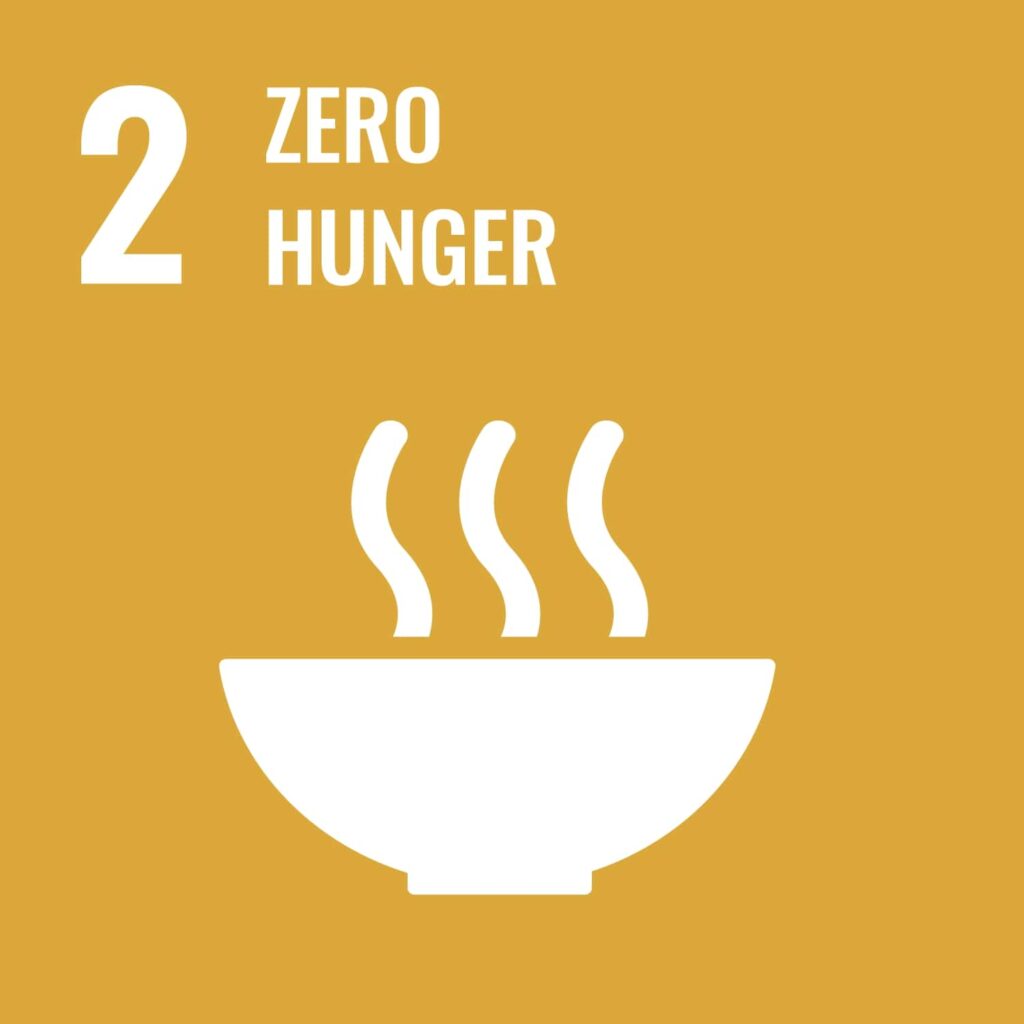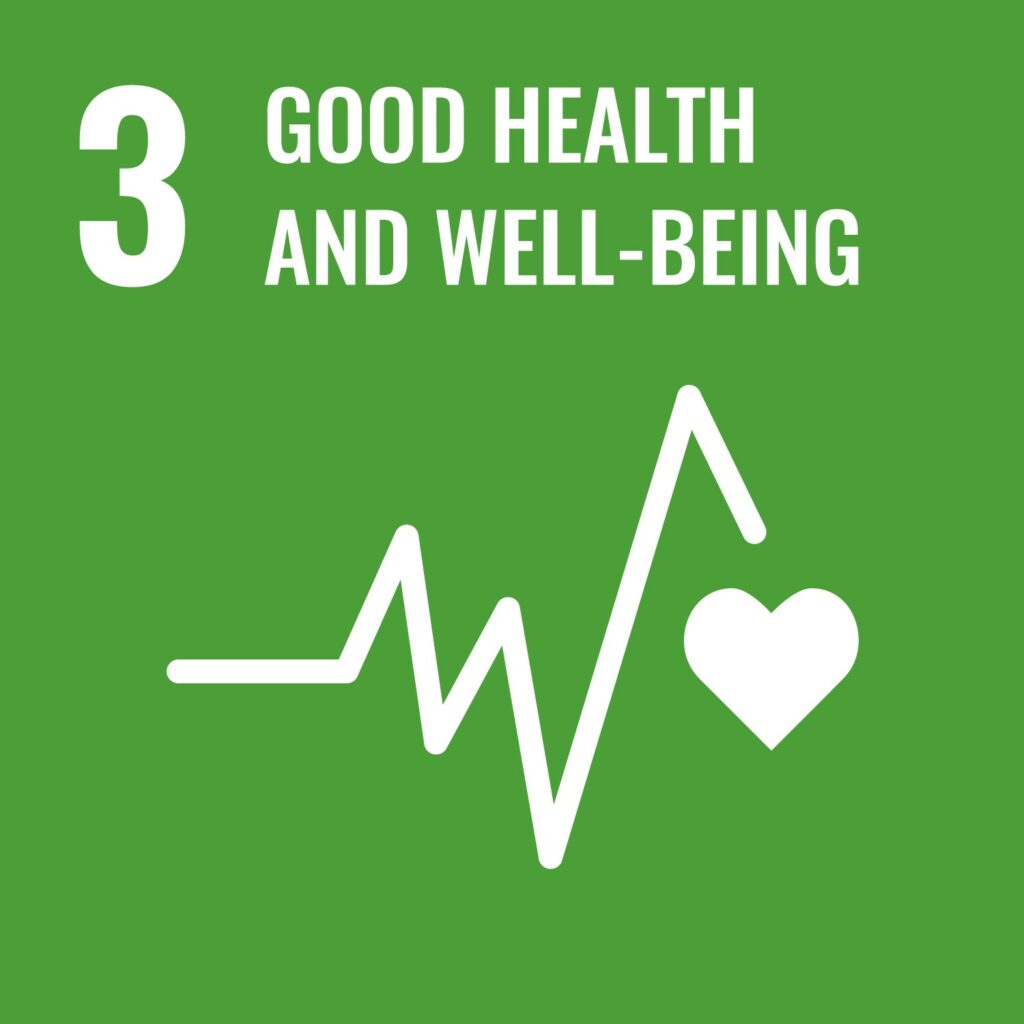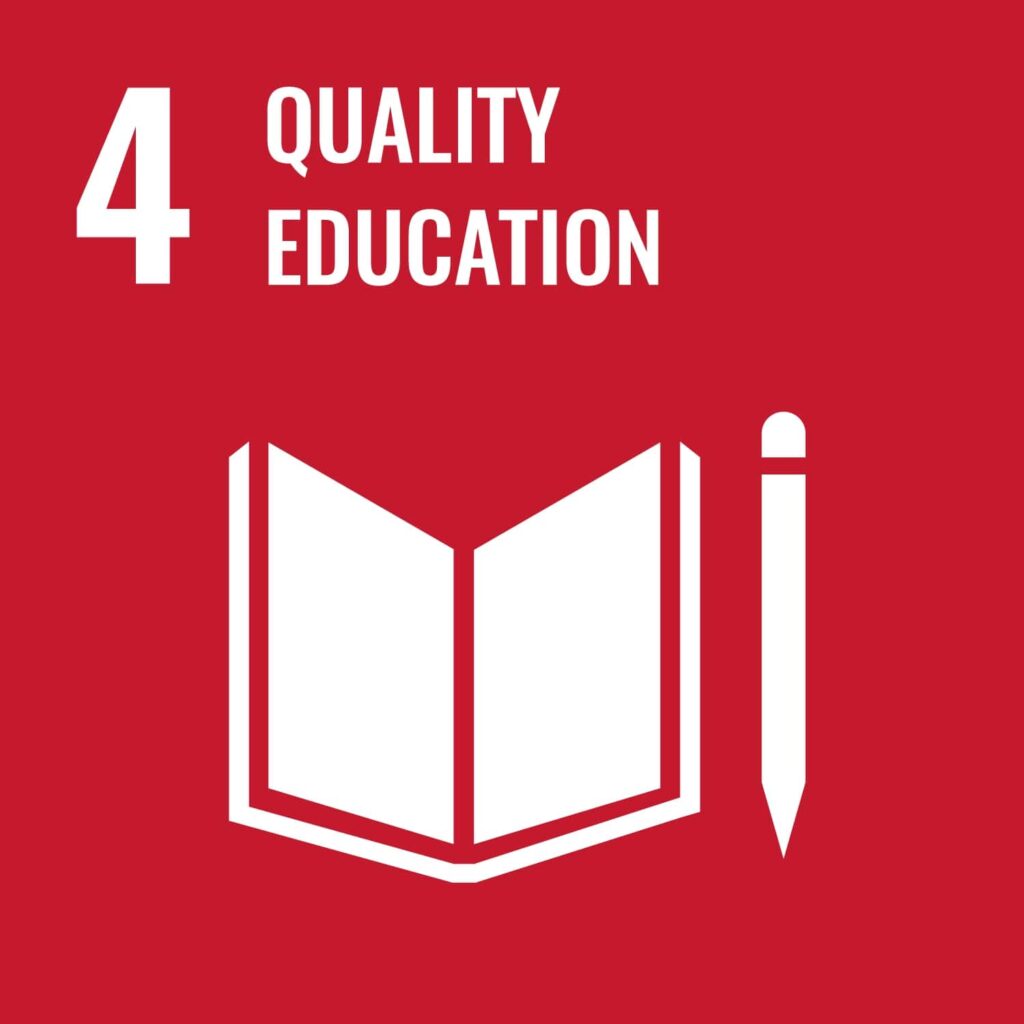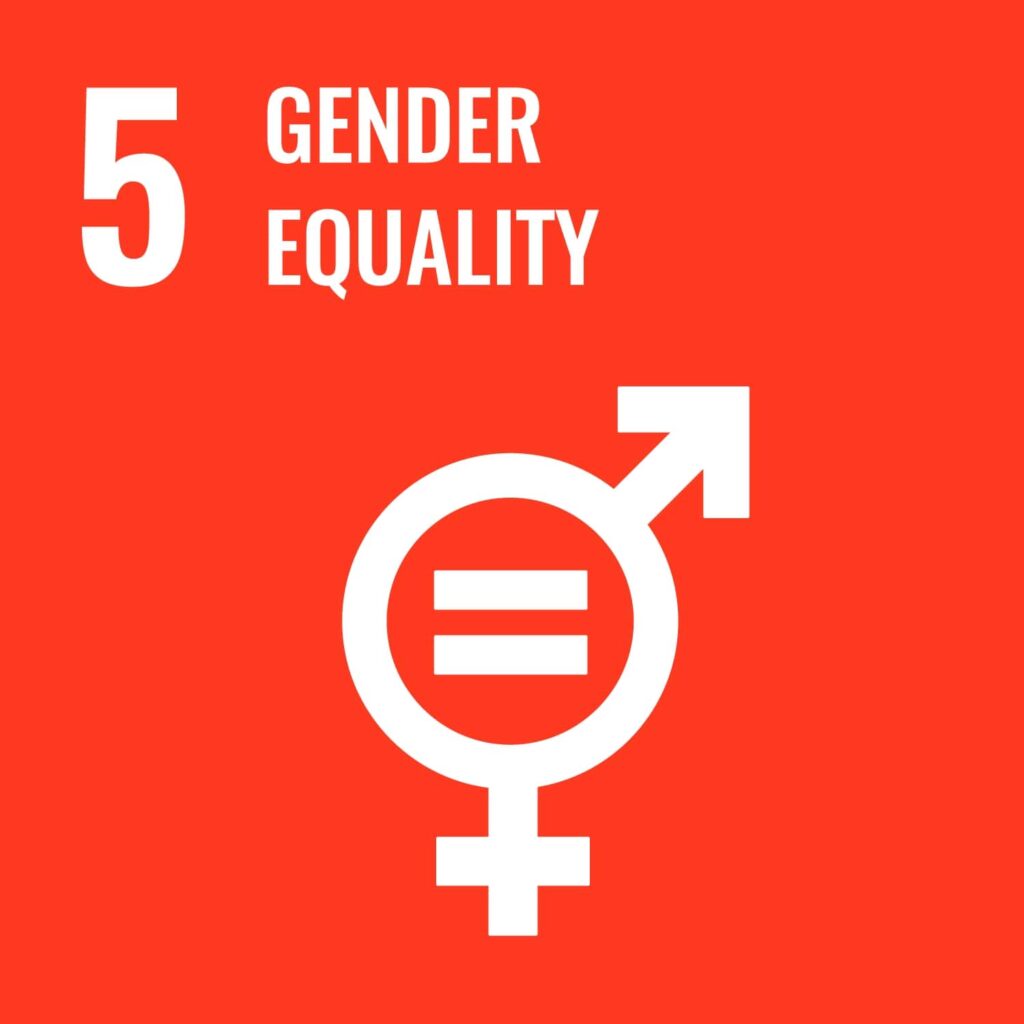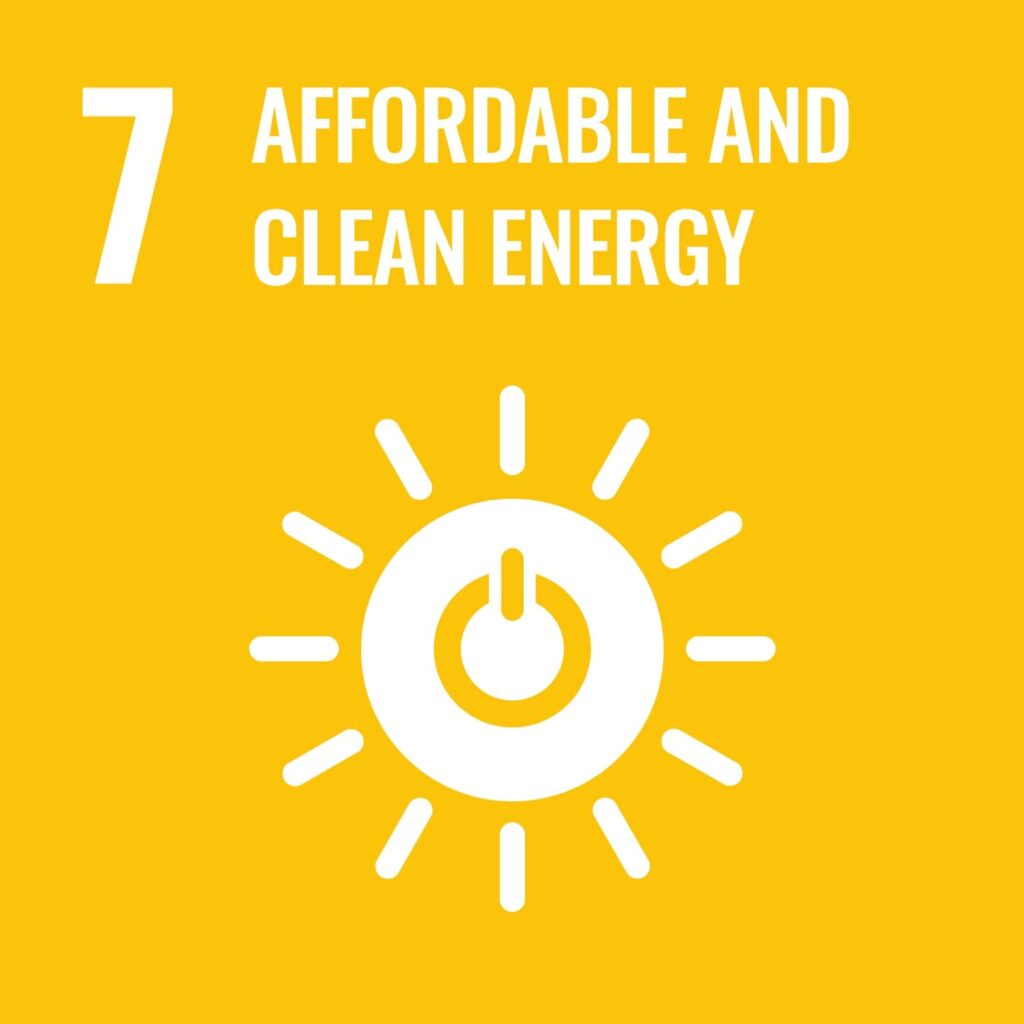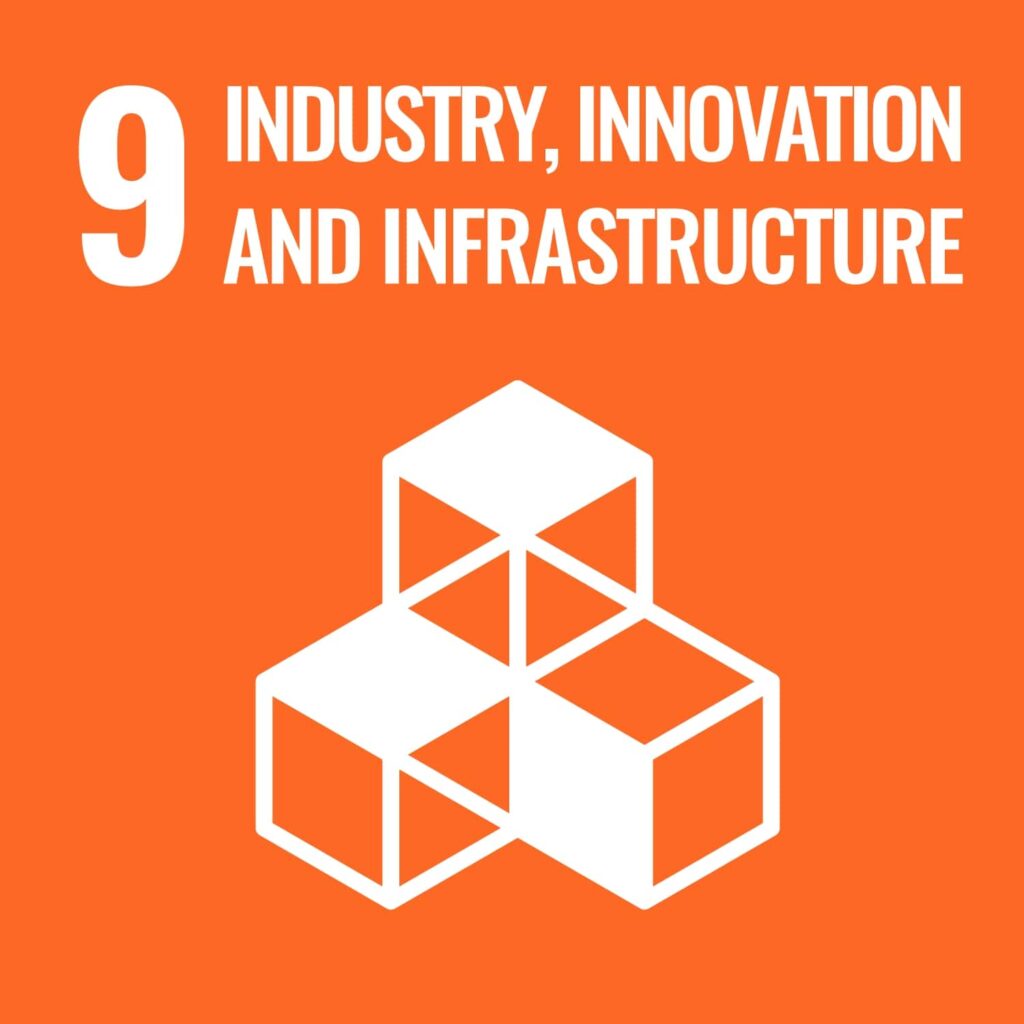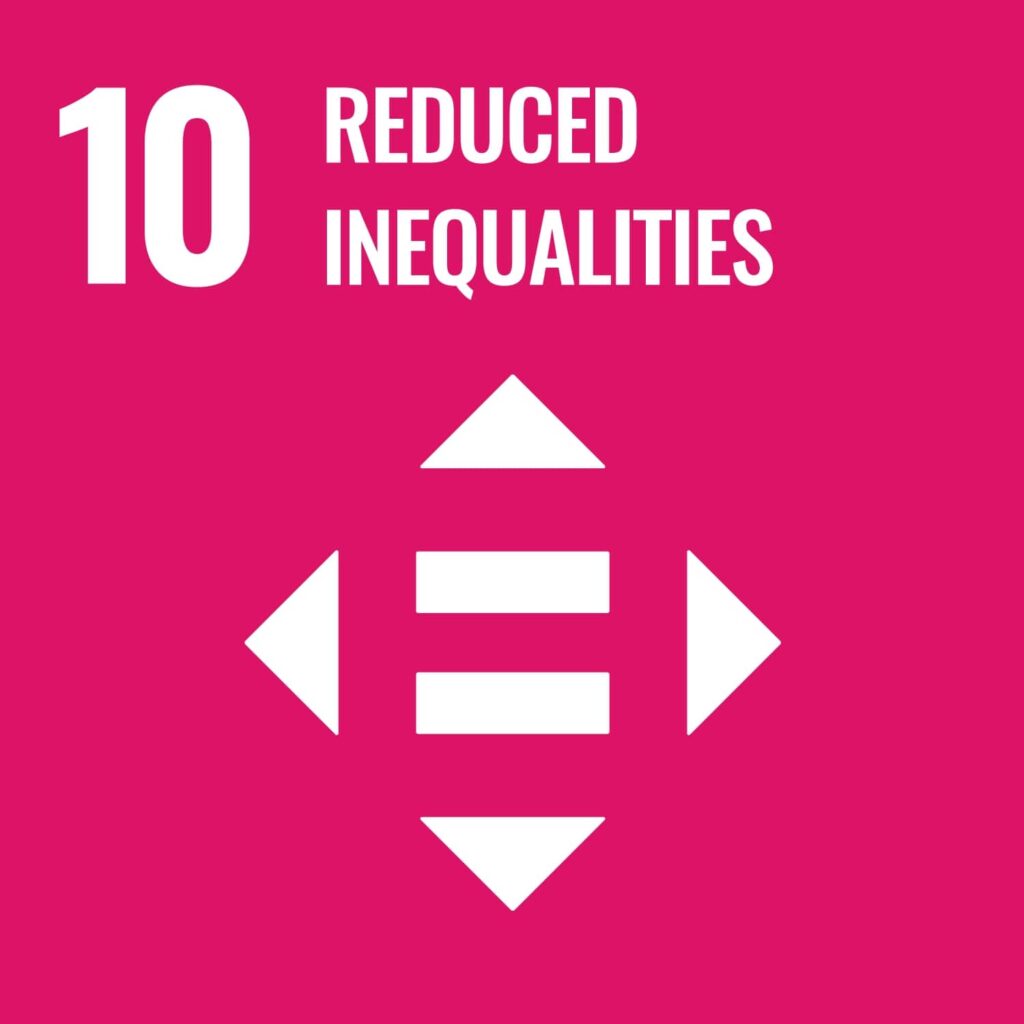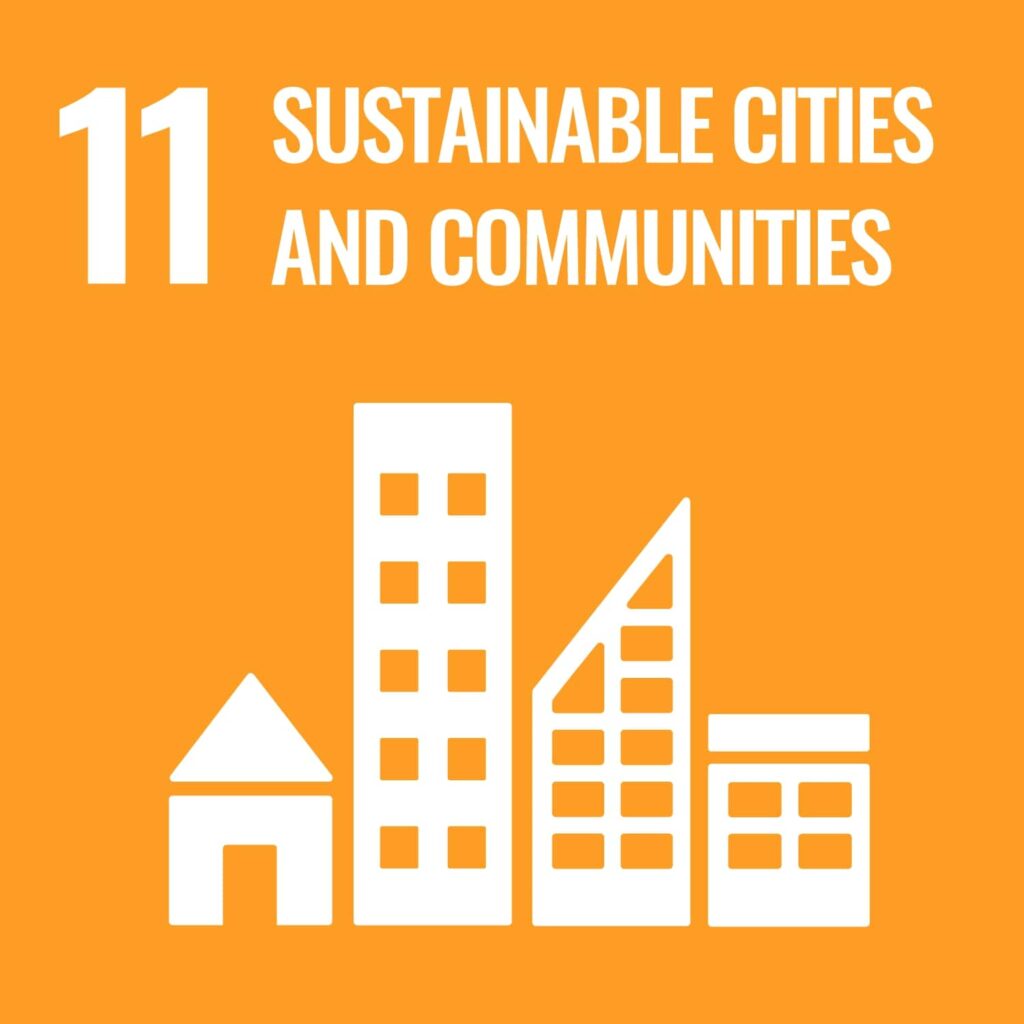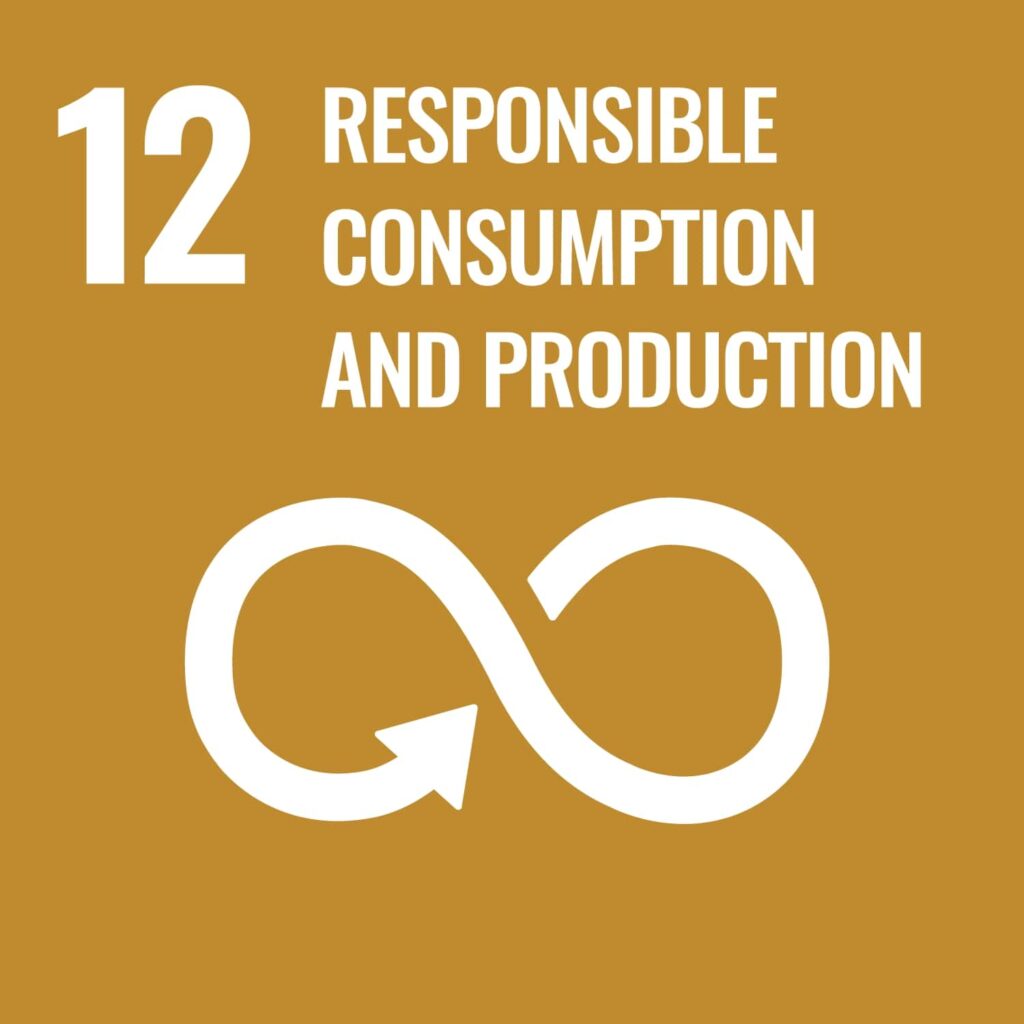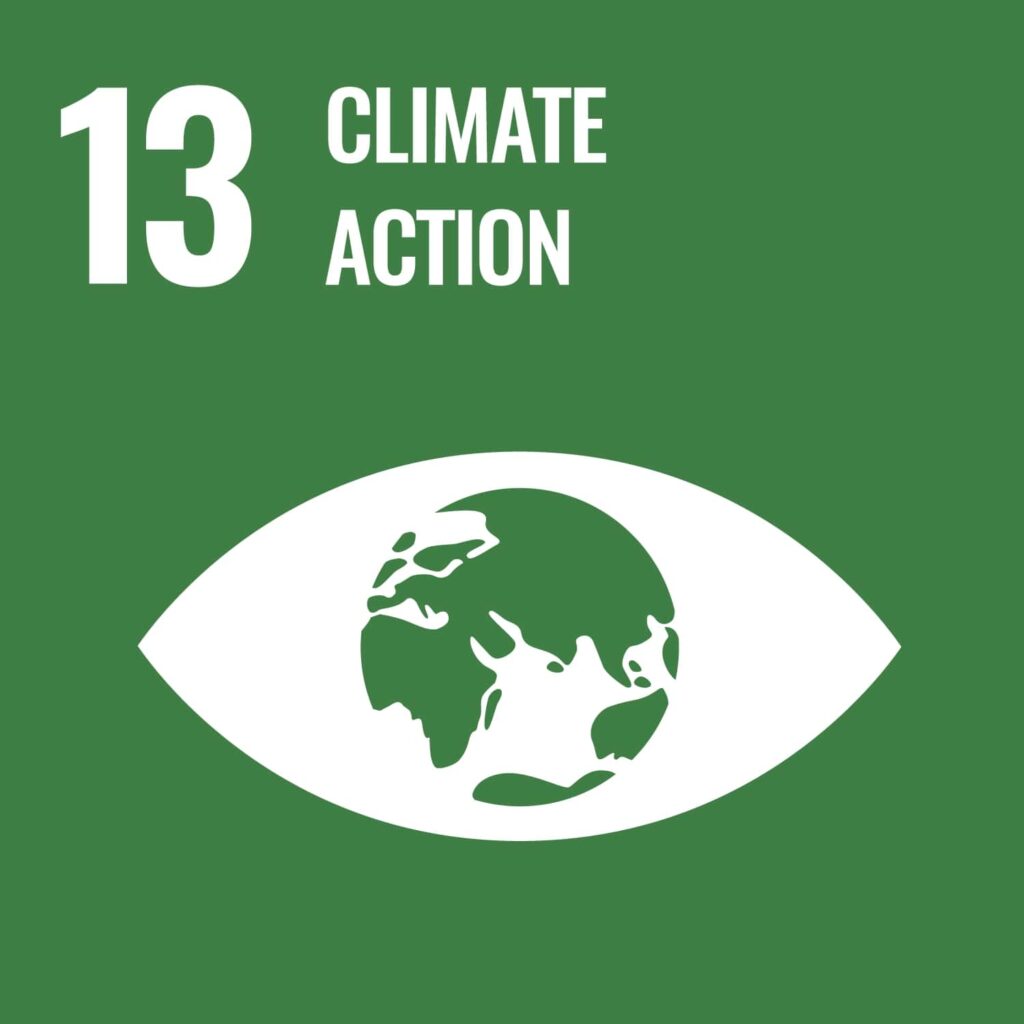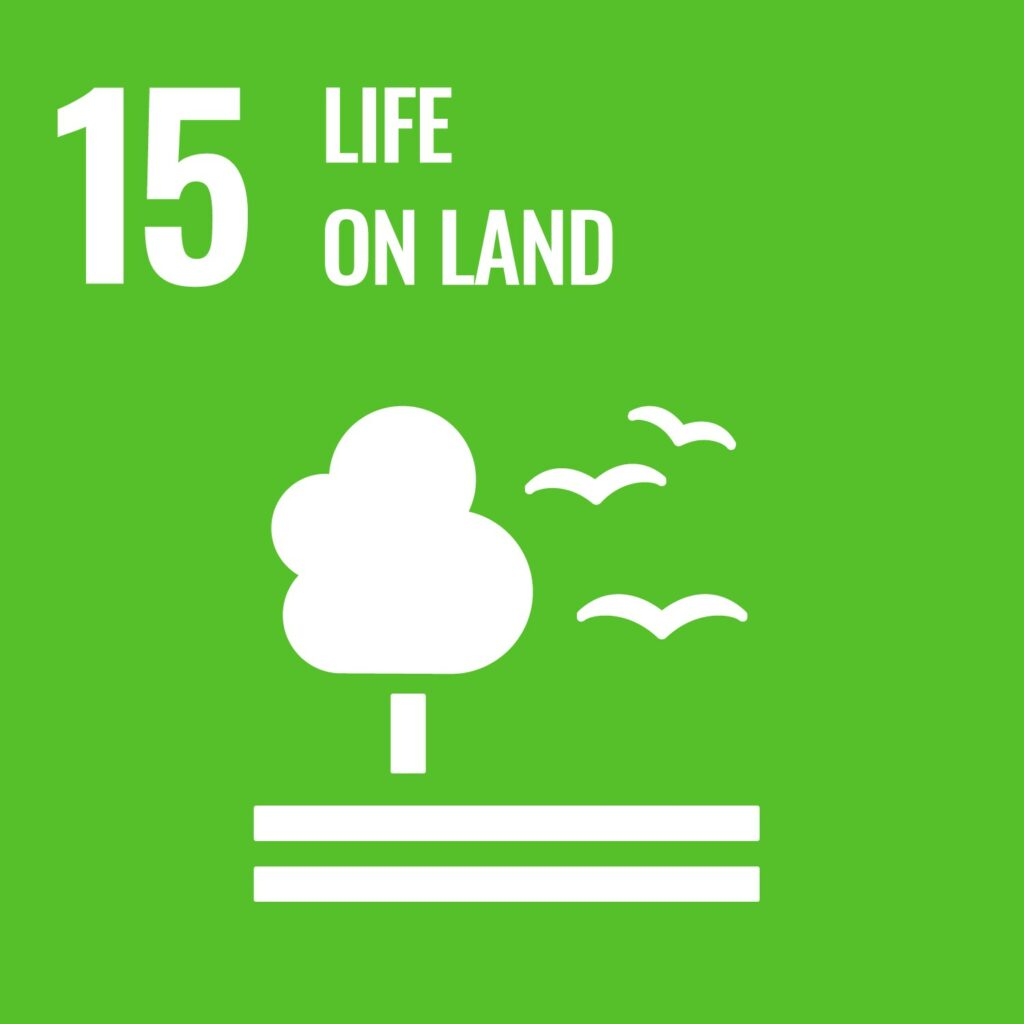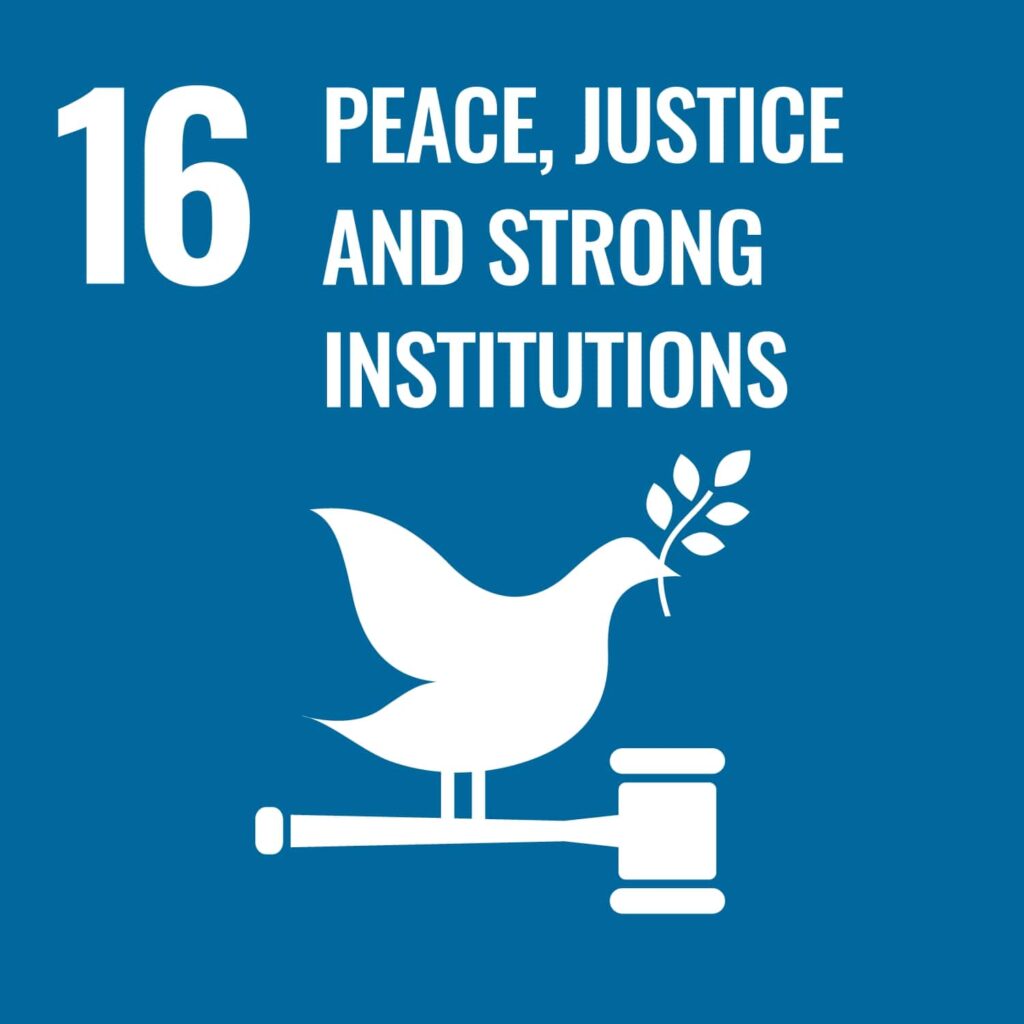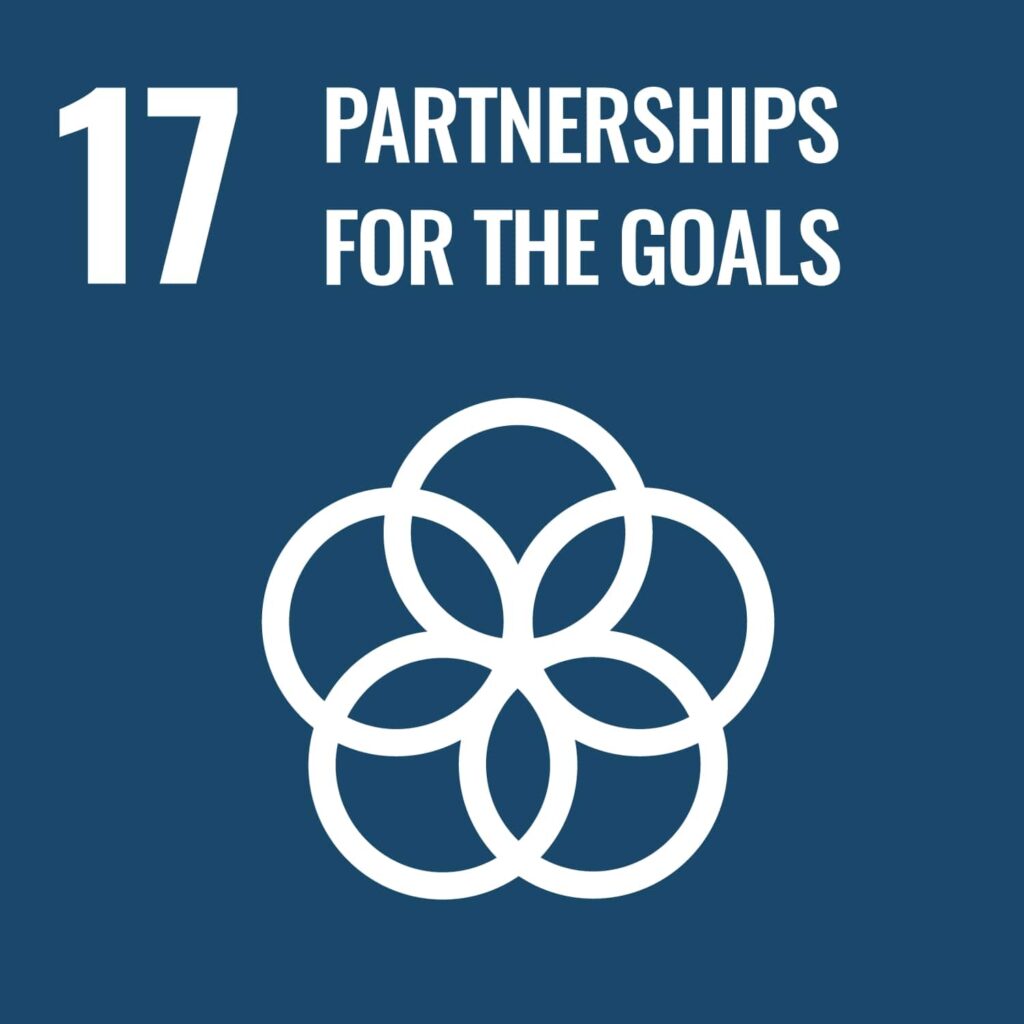
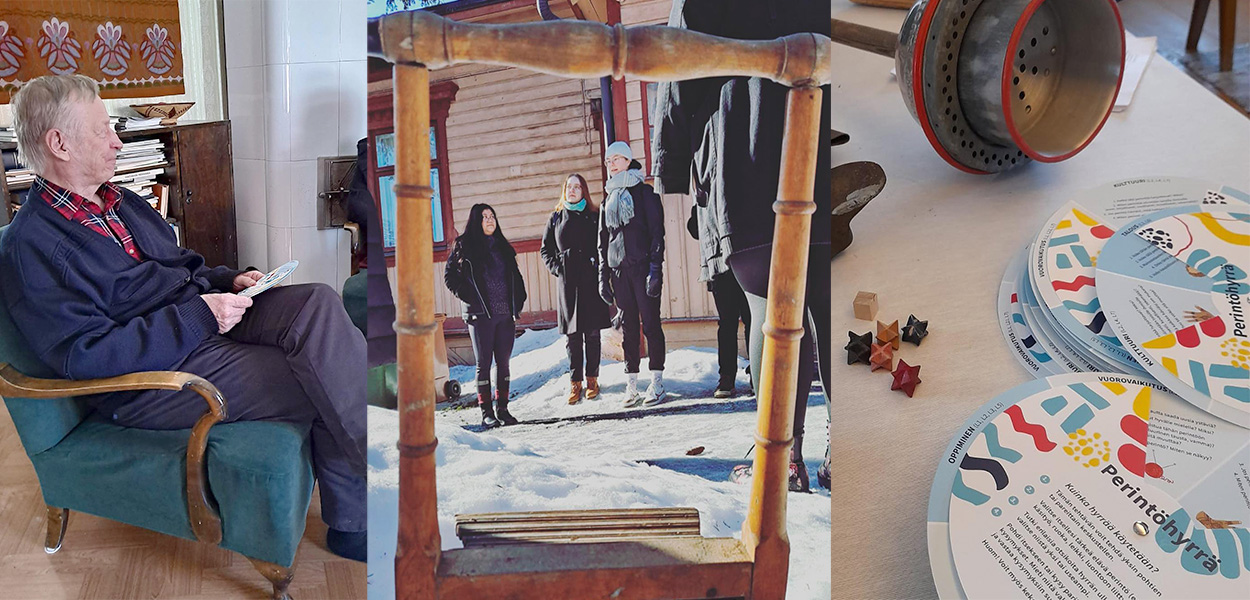
The implementers of the pilot project, the Finnish Local Heritage Federation and the Association of Cultural Heritage Education in Finland, are both experienced in promoting cultural heritage and learning in different ways. The pilot project “Let it spin!” started from testing the “Spinner of Living Heritage”, a new tool created for discussing living heritage especially with children and young people. The pilot project aimed to foster exchange and interaction between the young people and the elderly through innovative workshops and the new dialogue tool.
The Finnish Local Heritage Federation has worked to support local cultural heritage for 75 years, and the Association of Cultural Heritage Education in Finland has been promoting learning about and through cultural heritage for nearly 20 years. As partners to the LIVIND project, the two came together to test the new “The Spinner of Living Heritage”, a dialogue tool developed by the Association of Cultural Heritage Education and Finnish Heritage Agency. Along with the spinner there was applied the model “Masters and Apprentices” that was developed by The Finnish Local Heritage Federation and that achieved the Europa Nostra Award in 2022.
Making use of different tools and methods, the pilot project delivered three workshops in different places in Finland and brought together pupils from local schools and elderly people from local heritage associations. The workshops facilitated discussions about cultural heritage enabling participants to share thoughts about what they saw as meaningful and valuable to pass on to others and to younger generations.
The organisers made use of their existing networks, especially the Local Heritage Federation’s member associations, and local museums. Finding partnering schools was found more challenging due to different practical reasons such as finding matching timetables or commuting to the meeting place. One goal of the project was to support future schoolteachers to benefit from cultural heritage education tools and methods, and therefore co-operation was looked for especially in Training Schools. Once the partners were found, the workshops were planned and implemented together with them.
Following the principles of the model Masters and Apprentices the young and elderly were working together in small groups or in pairs. This method promotes peer-to-peer learning across generations, allowing both the young and the elderly to equally share about their knowledge about local culture, heritage and traditions and to learn from each other.
Each workshop session lasted ca. 2–3 hours, but sometimes even more time could have been needed. The workshops made use of a selection of the following exercises:
On a general note, the workshops were found rewarding and fruitful. The “Spinner of Living Heritage” proved to be a useful tool for discussing cultural heritage and sustainability even across generations. The intergenerational learning experiences successfully brought together individuals of different ages, nurturing interest in continued engagement. A key finding was that practical experimenting helps to understand the abstract roles that cultural heritage can have for socially and culturally sustainable development.
For transferring intangible cultural heritage over generations there are needed suitable conditions for interaction to take place, where personal reflection on the past and on intangible cultural heritage can be shared and heard in a safe environment. Here, well-planned methods that are implemented by teachers or other facilitators can make a positive difference to passing on living heritage and to learn about the linked values.
For the organisers, the pilot project reminded of the importance of facilitating interconnections between generations. Experience from workshops proved that the young are willing to listen to stories and to learn about past and cultural heritage, but applying a method or a tool helps in the process. It was also a reminder that familial inter-generational connections are not necessarily that obvious today as they might have been a few decades earlier. Therefore, there can even be a need for fostering such connections among the young and the children.
Collaboration with teachers and local organisations worked out despite some challenges, paving the way for future initiatives. Participants expressed satisfaction with the workshops, highlighting the need for more time as the only improvement suggestion. The pilot project approaches sustainability from a generic perspective, and with the different examples and exercises the workshops connected with most of the Sustainable Development Goals, especially goals 1–5, 7, 9 while goals 10–13 and 15–17 were met on some level.
Pilot project managers: Association of Cultural Heritage Education https://kulttuuriperintokasvatus.fi/en/ together with Finnish Local Heritage Federation https://kotiseutuliitto.fi/in-english/

